Could a chemical coating be Dubai's secret weapon against the blistering desert heat? Believe it or not, these cutting-edge solutions are not just transforming buildings but also redefining how we think about urban living in extreme climates.
As climate change intensifies, the demand for energy-efficient buildings is skyrocketing. Dubai's innovative architecture now demands more than just design flair—it requires scientifically advanced strategies to thrive. Here’s why this topic is crucial today.
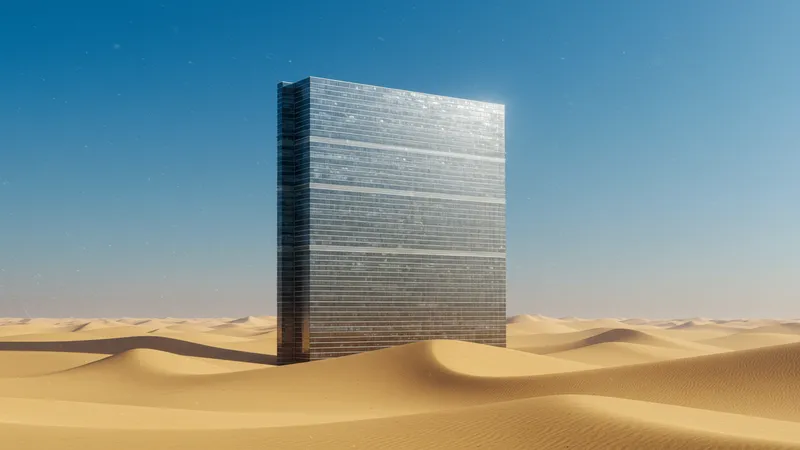
Forget everything you know about exterior paint—chemical coatings are rewriting the rulebook. Traditionally, building exteriors seem passive, but new technologies are turning them into active defenses against heat. These coatings don’t just shield buildings; they effectively transform them into thermal regulators. But that’s not even the wildest part…
Dubai, famous for its skyline, now hosts structures that could outsmart global warming. Imagine a city where buildings themselves become environmental allies, contributing to energy savings on an unprecedented scale. These advanced coatings are just the first step in a broader revolution. But what happens when these coatings are just the tip of the iceberg? You’ll want to keep reading because what happens next shocked even the experts…
What many don’t realize is the science driving these coatings. It's not just about slathering a coat and hoping for the best. These chemicals interact on a molecular level, creating a barrier that reflects infrared rays, reducing heat penetration significantly. This is real-world alchemy—a science-driven process that turns mundane surfaces into heat-resistant shields. But there’s one more twist—
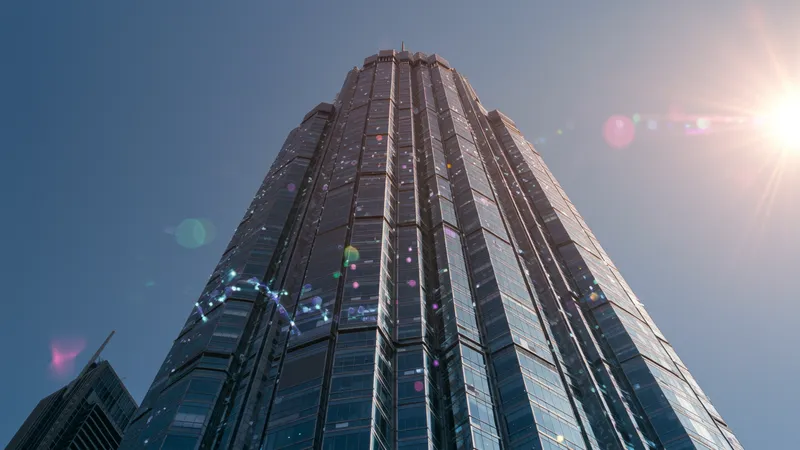
Research shows these coatings aren't just about stopping heat; they’re about embracing sustainability. By reducing heat absorption, buildings require less air-conditioning, which cuts down on overall energy consumption. In a city like Dubai, with its soaring skyscrapers, that impact resonates more than any single solar panel ever could. But what if I told you that’s just scratching the surface?
Beyond cooling, chemical coatings reduce maintenance costs. Resistant to dust and grime, they make regular cleaning less frequent and, as a result, more cost-efficient. Imagine a future where skyscrapers not only stay cooler but also cleaner—an intriguingly cost-effective solution. And this doesn’t even cover what’s next in their evolving capabilities.
These coatings are not only practical but also aesthetic. Customizable hues mean these coats can match any architectural delight. Have you ever wondered how this influences Dubai’s iconic skyline? Next, we’ll dive into the implications on design and urban planning that might just change everything you thought you knew about desert architecture.
The introduction of chemical coatings has sparked a paradigm shift in urban planning. For Dubai, integrating these technologies means architects are free to create buildings that were once considered impractical due to heat concerns. Now, design thrives in an environment that constantly innovates for efficiency and beauty. What if this meant a complete redesign of some of the city's most famous landmarks?
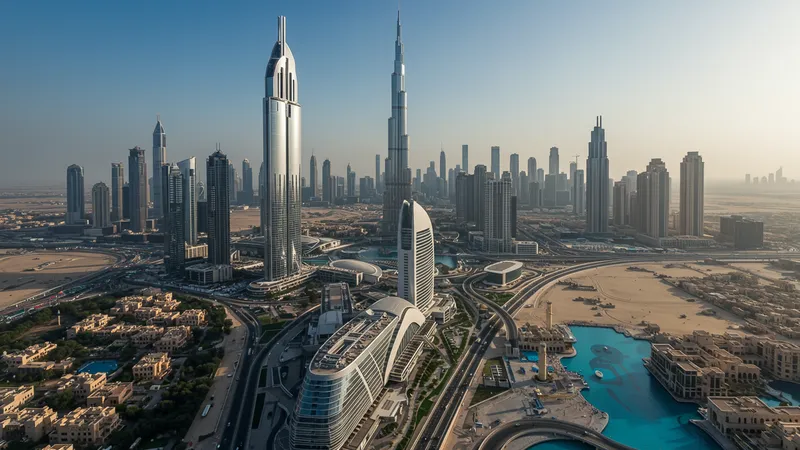
Coatings have enabled architects to play with shapes and elements that naturally trap heat rather than reflexively avoiding them. This isn’t just functional; it’s transformational, allowing for bold architectural statements that are both stunning and practical. You won’t believe how this changes the veritable landscape of possibilities for future designs.
From towers that shimmer as they reflect the sun’s rays to residential areas that maintain cooler ambient temperatures, the coatings offer a unique advantage. Urban planners are recalculating density models based on reduced energy consumption—an innovative way to pack more value into every square meter. But even here, the story goes deeper…
These technologies also invite us to think about cities as living systems. With buildings that naturally repel heat and grime, attention turns to integrating such systems with greenery and cooling natural elements. What if the unexpected results of these coatings lead to urban strategies that redefine what's feasible? The changes unfolding could redefine how architects approach community developments.
For developers, the sticker shock of implementing advanced chemical coatings initially seems prohibitive, yet the long-term savings paint a different picture. By slashing energy bills through naturally cooler environments, these coatings promise a return on investment that’s hard to ignore—some estimate cost recovery within just five years.
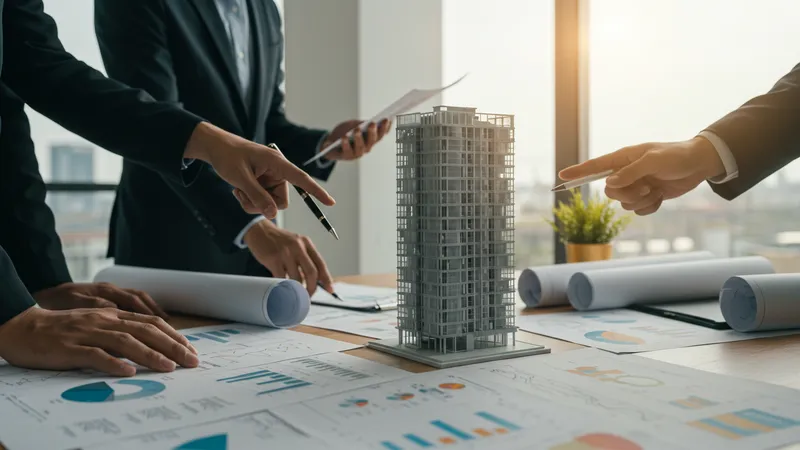
What’s more, buildings sporting these coatings tend to attract higher rental premiums. Tenants are willing to pay extra for improved comfort without steep energy costs. For developers, this means not only creating appealing spaces but also securing lucrative rental contracts that far exceed traditional revenue streams. But wait until you hear about the financial shift making waves globally...
These practical benefits create an unexpected ripple effect. Developers now leverage sustainable innovations to craft marketing strategies, labeling properties as environmentally conscious, appealing to younger, eco-friendly demographics. This isn’t merely a trend; it’s a shift in the priorities of real estate investment. Dare to guess how that impacts the market at large?
What developers have recognized is that embracing such technology touches more than efficiency; it's changing the economics of property development. The promise of these coatings extends beyond just numbers—it’s about crafting a sustainable future with lively economic benefits. But there's another layer you didn’t see coming that’s reshaping things dramatically.
Beyond temperature regulation, these coatings provide unexpected environmental gains. They contribute to reduced urban heat islands, which are critical in Dubai's dense landscape. Traditional concrete and glass absorb extreme heat fluctuations, but with coatings, this absorption is minimized—a leap forward in sustainable urban living.
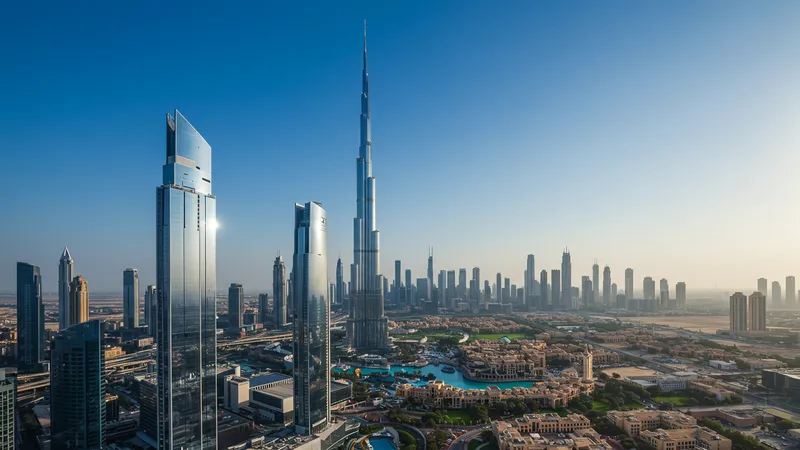
As emissions drop, these coatings become part of a broader ecological strategy. Their ability to reflect solar radiation means less reliance on fossil fuels to cool the interior spaces of buildings. If you think the impact stops there, you’re in for a surprise that extends far beyond individual towers and offices to the ecosystem itself...
The strategic use of these coatings can significantly improve air quality. Dust and pollutants are less likely to stick to cooled surfaces, drastically reducing secondary pollution levels. Imagine a cleaner Dubai skyline and more breathable air—both goals within reach thanks to these innovations. Now, consider what happens when these coatings advance even further.
Incorporating these coatings could ultimately enable cities to reimagine their green spaces. By blending natural elements with constructed environments, the ability to cool and clean large areas becomes feasible. The future holds a convergence of innovation where scenery and sustainability meet seamlessly. But as always, there’s another angle that might just turn your notions about green architecture upside down.
As the journey into chemical coatings continues, advancements are far from plateauing. Researchers are exploring how biomimicry—designs inspired by nature—can enhance coating effectiveness. Think of surfaces mimicking the cooling properties of natural systems, such as termite mounds or desert plants, that maintain temperatures against all odds.
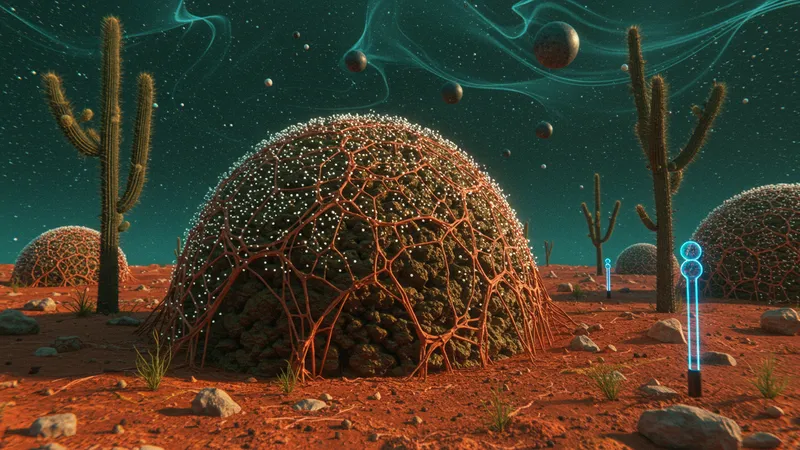
Innovations also extend to adaptability, creating coatings that respond dynamically to changing environmental conditions. They could potentially shift properties based on ambient temperature or humidity. An idea once confined to the realm of science fiction is closer to reality than many realize. Have you ever wondered what further possibilities this opens up?
Moreover, economic accessibility is on the horizon as costs for these advanced technologies decrease with mainstream adoption. This democratizes access, allowing smaller projects and communities to partake in this wave of enhanced urban living. The implications are vast—it’s not just about big corporations anymore. What you read next might change how you see this forever.
The integration of more solar-activated coatings is also on the brink of revolution. By combining solar tech with coatings, we’re looking at buildings contributing to power grids, feeding back energy rather than drawing from them—an inverted paradigm that seems almost miraculous. Hold on to your seats as we discover even more startling developments on this ever-evolving horizon.
Government initiatives are now catching up with technological advancements in coatings. Policies supporting sustainable growth are incentivizing builders to implement energy-efficient solutions, which includes chemical coatings. With tax breaks and funding programs, the government plays a pivotal role in ushering this green revolution across urban landscapes.
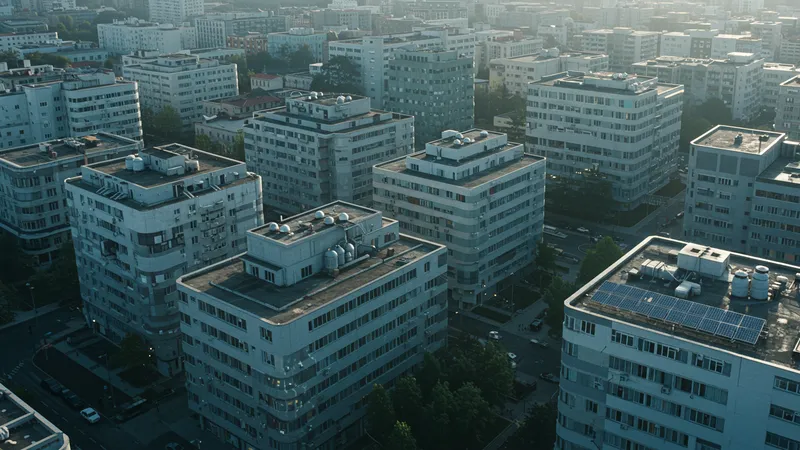
Regulations are beginning to mandate energy-efficient strategies, creating a stable playground for innovation. This means builders aren't just encouraged but are sometimes required to implement these technologies. The cascading effect can't be overstated—it paves a path for a new standard in building efficiencies. Just wait until you hear the surprising ways this might shift global practices.
Moreover, these regulations bring about a new focus on accountability. Certification programs ensure coatings perform as advertised, which raises the bar for quality across the board. The ripple effect of such policies cannot be understated, offering consumer confidence and establishing credibility in this growing market. Have you considered the cascading implications of accountability in environmental tech?
As policies evolve to align with green technologies, the stage is set for Dubai to become a role model in sustainable architecture. The city’s blend of regulatory support, cutting-edge technology, and architectural ambition heralds a future where ecological balance is at the forefront of urban development. Is it time for other cities to pay attention? The full ramifications are surprising beyond expectations.
For architects, chemical coatings offer a new palette of design possibilities. No longer restricted by traditional materials or historical constraints, today’s creatives can push boundaries. Coatings enable daring projects, seamlessly combining form and function in ways that were previously thought impossible. Discover the unseen layer of artistic freedom these advancements provide.
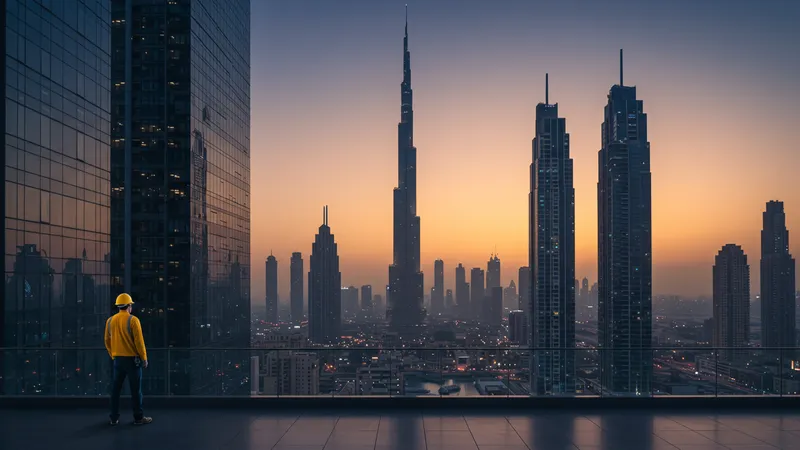
Architectural aesthetics are undergoing a transformation. Gloss, matte, translucent—each finish tells a different story while keeping functional priorities in check. Have you ever stopped to think how coatings might shift your perspective of iconic structures? In Dubai, buildings are evolving into art pieces that interact with light and shade unlike ever before.
Furthermore, coatings allow for integration of color in more vibrant, environmentally responsive ways. With thermal control molding form, what were once constraints become opportunities for creativity. The boldness of color in desert landscapes juxtaposes tradition with modernity starkly. What part of this change will most captivate designers worldwide?
Imagine a building that changes hue based on the day’s forecast or the season. The psychological impact on inhabitants and admirers, alike, possesses implications far-reaching. Moving past static structures towards living, breathing art forms—this is a venue where expression meets ecology innovatively. What does it mean for urban interaction now and in the unfolding future?
The discussions around climate change are far-reaching, and amid climate angst, chemical coatings present a tool with tangible impact. They offer significant, measurable contributions towards reducing urban carbon footprints. With looming evidence of climate shifts, the responsibility to implement these technologies is pressing. Here’s how this conversation shifts perceptions.

Critics argue over who bears responsibility for climate initiatives. Yet, chemical coatings circumvent this dialogue by offering solutions that can be universally implemented regardless of political leanings or economic status. In Dubai, the adoption of such strategies transcends debate and moves into action. But what if this simple shift holds more profound answers?
This approach appeals to pragmatists and idealists alike. By optimizing what already exists, cities can reduce energy expenditures massively without total infrastructural overhauls. What mindset shifts are necessary to fully appreciate this straightforward, yet radically efficient, path forward?
The notion that buildings can absorb, deflect, and even repel elements symbolizes a proactive stance against climate change. In many ways, these coatings re-inscribe the climate conversation with hope and potential. When means align with ends, we harness technology for transformative change that stands as a testament to human ingenuity. Where does this place us in the grand narrative of climate action?
The acceptance and uptake of new technologies hinge largely on cultural factors. Dubai’s rapid embrace of innovation is testament to a forward-thinking ethos permeating its society. Yet, differing expectations across cultures impact how and when these coatings see widespread use. Discover how this shapes chemical coating integration across unique cultural landscapes.
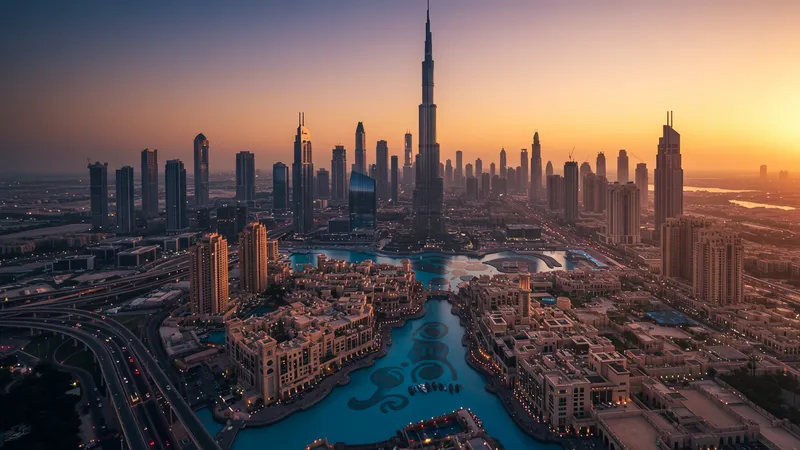
Culture dictates aesthetic appeal and utility. Within the dynamic tapestry of Dubai’s population, divergent cultural aesthetics blend, creating diverse demands for color, texture, and translucence. Coatings today demonstrate a spectacular alignment between cultural heritage and modern technology, an adaptability that speaks volumes of its market penetration potential.
Cultural acceptance offers a litmus test for technology adoption. The more a technology resonates with cultural values and aspirations, the swifter and deeper its integration. When chemical coatings align with local identity and tradition, they are celebrated and championed. Which cultural tenets seem pivotal in associated uptake worldwide?
Dubai’s cultural diversity serves as both a challenge and an inspiration for architectural advancements. As a melting pot where innovation meets rich tradition, the city is a prime testing ground for the global rollout of emerging technologies. When culture and technology mesh harmoniously, the results redefine possibilities across increasingly intertwined international cities. Are we witnessing the birth of a new cultural-architectural era?
Educational institutions play a critical role in the evolution and dissemination of coating technologies. Universities in Dubai are placing emphasis on materials science, fostering an environment nurtured for innovation. This creates a new generation of architects, overly familiar with the capabilities of advanced coatings. Yet, the educational interplay reveals much more than just academic growth...
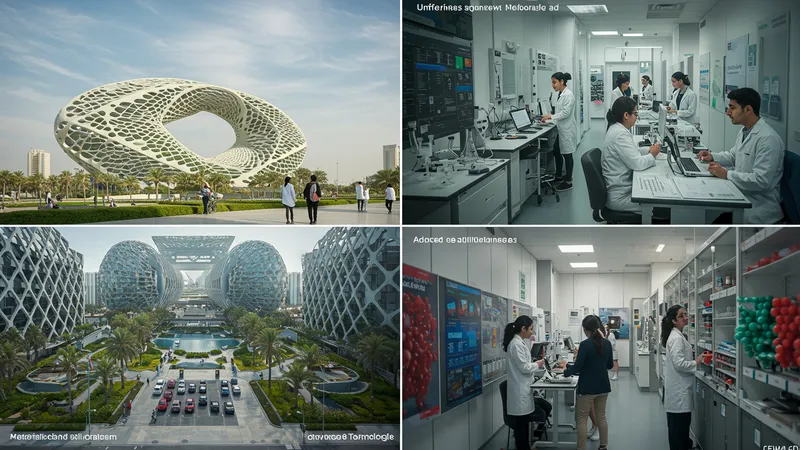
Collaborations between universities and technology firms further cement knowledge pipelines, bringing cutting-edge insights directly into real-world application. Students entering today's job market possess knowledge and expectations that shift industry standards by merely expecting more. Where does this merging of academia and industry lead tomorrow's brightest?
Education becomes a vehicle not just for information but for inspiration. As future professionals learn from global leaders on the importance and function of these technologies, their creative applications become endless. By setting a foundation rich in technical knowledge and environmental awareness, educational systems engender a transformational mindset. How might education influence larger frameworks of societal evolution?
Frameworks rooted in interdisciplinary study yield unexpected results, with some students pioneering breakthroughs in green technology before even graduating. Exploration doesn't merely stop at classroom doors; it branches into the urban realm. Dubai’s renowned institutions thus hold space for future explorations that may redefine our collective approach to climate-responsive architecture. Will educational momentum redefine tomorrow’s reality? Engaging with this question beckons broader reflection.
No glittering innovations come without hurdles. Chemical coatings, while promising, face challenges ranging from initial investment costs to regulatory bottlenecks. Understanding these obstacles provides a clearer picture of the road from today’s promising research to tomorrow’s adopted norm. What if these challenges can yield even greater breakthroughs?
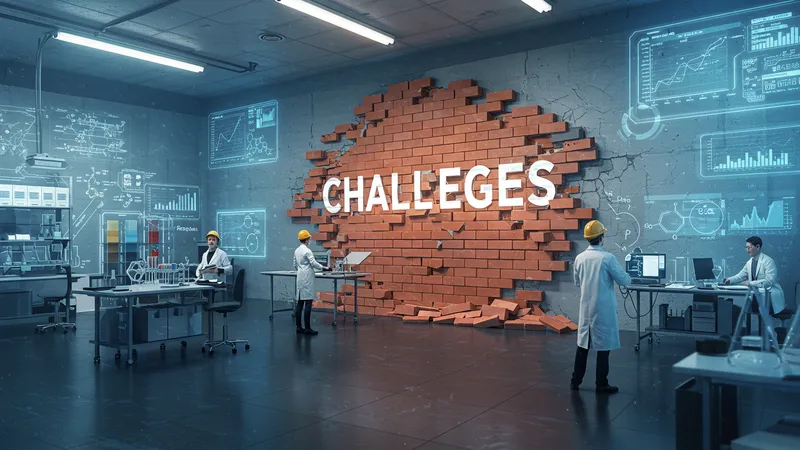
Initial setbacks often revolve around perceived economic viability. Despite long-term gains, initial costs may deter potential adopters. However, technological scaling promises decreased prices—turning today’s exorbitant barriers into tomorrow’s accessible solutions. How might collective efforts address both financial realities and pressing necessities?
Regulatory challenges often impede immediate implementation. Navigating a multitude of local and international standards can stall progress. Yet, these experiences are fertile breeding grounds for globally coherent practices that standardize safety and efficiency within a single framework. Can these delays transform into critical avenues for collaborative global synergy?
Equally important is fostering consumer awareness. Communicating the breadth of benefits is crucial in turning skeptical consumers into advocates. Education through transparent marketing and problem-sharing builds communities of trust. As obstacles transform into opportunities, today’s adversity propels a future where possibilities align profoundly with needs. What steps will finally enable global adoption of this breakthrough technology?
In examining real-world applications of chemical coatings, Dubai structures like the Museum of the Future showcase stories of resounding success. Strategically incorporating these coatings, such buildings become pioneering examples of modern sustainability—a testament to architectural possibility juxtaposed with ecological pragmatism. What elements contributed most to their successful implementations?
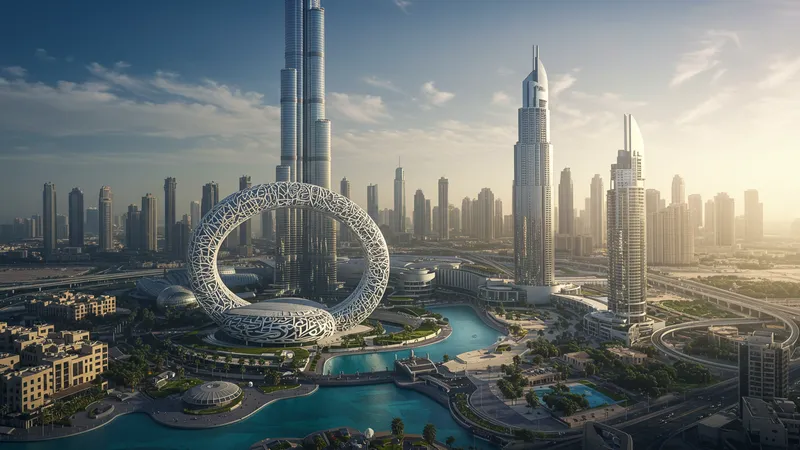
The Burf Khalifa, among others, stands as a towering success story. Incorporating reflective technologies, the landmark reduced energy consumption markedly while maintaining majestic appeal. Investing in such technologies reveals tailored lessons in planning and execution that command the spotlight. How do these examples ignite change in both practical and visionary capacities?
Case studies display the nuanced role of intentional application behind success. Projects illustrate that melding technology with proper infrastructure support yields resounding benefits. Lessons echo beyond immediate contexts and expand globally, encouraging collaboration across agencies, industries, and borders. How might lessons captured here enable wider shifts across international landscapes?
Many see these stories as rallying points to onboard technologies seamlessly within architectural ethos. The narratives synthesized within success stories reveal inherent adaptations pivotal to growing alignment in climate-conscious architecture. As we reflect on these glowing successes, a question whispers persistently: what is the broader global application of these lessons and how might they evolve epically beyond iconic achievements?
The effects of Dubai’s adoption of chemical coatings resonate on a global scale. These advancements signal a transformative trend in how cities interact with traditional and contemporary building practices. Watching Dubai inspires cities worldwide, challenging them to explore and innovate similarly. How does this trend stimulate new paths intriguing at a universal level?
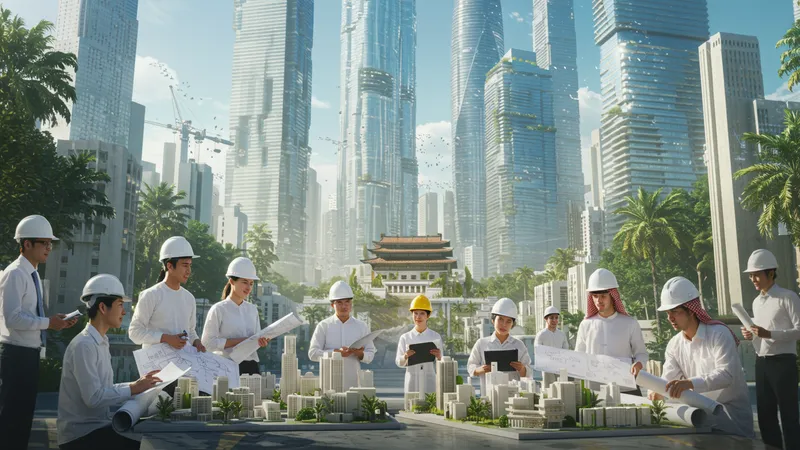
The international expansion of these technologies impels cities to integrate them into existing master plans. By fostering knowledge exchange and international dialogue, a network emerges, crystallizing promising connections. Is there room for global convergence on environmental solutions among cities intertwined by innovation and necessity?
Architects abroad watch Dubai's advancements with intense interest. Icons set the tone for sweeping change, establishing precedents rooted in practical success and aesthetic appeal. Across oceans and cultures, the influence reaches ever further as shared aspirations reshape paradigms. What galvanized shifts occur as architecture redefines itself through international exposure?
The shared exploration of new trends uncovers opportunities imbued with shared momentum. By stretching boundaries locally and globally, architectural trends begin translating into collaborative movements that form new priorities. With this in mind, what becomes visible when architects, cultures, and ecosystems think collaboratively on a shared planet?
The promise of chemical coatings extends beyond mere technology—it heralds a vision of cities aligned with environmental needs. As Dubai exemplifies, integrating these advanced solutions can redefine urban futures. By infusing buildings with innovative capabilities, we unite aesthetics with ecological imperatives.
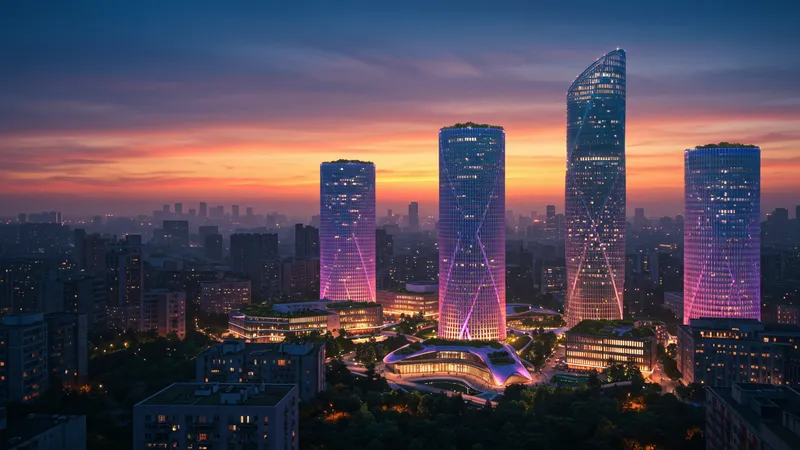
This is about reimagining possibility: where sustainability isn't choice but necessity; where green technology isn't mere accessory but inherent expression of architectural potency. Sharing these insights carries weight beyond individual gain—it redesigns urban life.
Leverage this shift, share its insights, and partake in the unfolding story. Dubai’s paths not only inspire but urge innovative actions instead of passive endorsements—take charge and redefine environments.